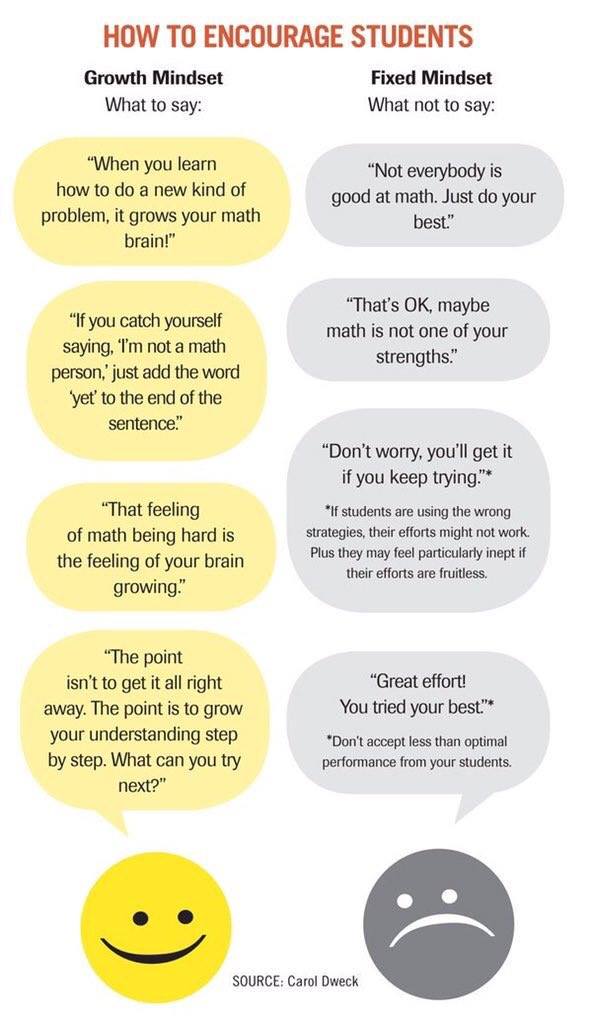
Dr Carol Dweck talks about the difference between a growth mindset and a fixed mindset in her book titled Mindset. A fixed mindset can lead to perfectionism, tendencies to avoid failure and pain and thus also growth.
A growth mindset provides for the possibility of unlimited development, potential and joy.
What is a fixed vs a growth mindset?
Brain Pickings describe the difference between the two mindsets:
“One of the most basic beliefs we carry about ourselves, Dweck found in her research, has to do with how we view and inhabit what we consider to be our personality.
A “fixed mindset” assumes that our character, intelligence, and creative ability are static givens which we can’t change in any meaningful way, and success is the affirmation of that inherent intelligence, an assessment of how those givens measure up against an equally fixed standard; striving for success and avoiding failure at all costs become a way of maintaining the sense of being smart or skilled.
A “growth mindset,” on the other hand, thrives on challenge and sees failure not as evidence of unintelligence but as a heartening springboard for growth and for stretching our existing abilities.
Out of these two mindsets, which we manifest from a very early age, springs a great deal of our behavior, our relationship with success and failure in both professional and personal contexts, and ultimately our capacity for happiness.”
What does that mean from a leadership perspective?
There are two implications for leadership – both how you apply a growth mindset to your team and to yourself.
From a team perspective – a growth mindset is around both stretching individuals, and allowing for failure as a pathway to growth. Note, this is not the same as accepting poor performance or underperformance, but rather giving employees the opportunity to grow and develop and accepting that such growth is not a linear path. The image above is based on students, but it applies to any situation.
From your perspective as a leader, it means exposing yourself to some vulnerability by trying new things, and accepting that even if they don’t always go the way you want them to, that doesn’t mean the whole exercise (and you) are a failure. Rather, that it needs to be seen as a whole, and the growth taken from where you began.
An example
Let’s talk about a leader who wanted to work on his public speaking. When he started, he could not give a presentation without vomiting before hand, and shaking whilst delivering the speech. A fixed mindset would say “I am a rubbish public speaker and I will never be any good at public speaking.” A growth mindset would say “I have some areas that I am developing in my public speaking to help me get better.”
A fixed mindset would actively avoid any possible opportunities to deliver a speech for fear of failure. A growth mindset would seek out safe opportunities to practise.
If the speech didn’t go well, the fixed mindset would say “see, I am really bad at this, I shouldn’t even have tried.” A growth mindset would say “that didn’t go as well as I would have liked, but I like the fact that I didn’t vomit before hand, and people laughed at two of my jokes. I think I am getting better compared with this time last year.”
What does this mean for kids
What does this mean for parenting?
Research from Kyla Haimovitz from Stanford University has this to say:
Mindsets – children’s belief about whether their intelligence is just fixed or can grow – can have a large impact on their achievement and motivation …
Our findings show that parents can endorse a growth mindset but they might not pass it on to their children unless they have a positive and constructive reaction to their children’s struggles.
So, it’s not just how you perceive yourself, but what you actively do and say around your children and their development which counts when it comes to your children’s mindset.
Can you change?
The good news is that yes, you can change! Read Dr Dweck’s book as a first step. Then actively try and listen to your self chatter and what it sounds like. If it’s fixed, then consider getting some coaching help to shift it to a growth mindset.
Get in touch if you’d like to talk more about any of the topics we’ve talked about today or want any more resources.
Until next week, happy leading,

With thanks to Mindshift for the use of the image.

